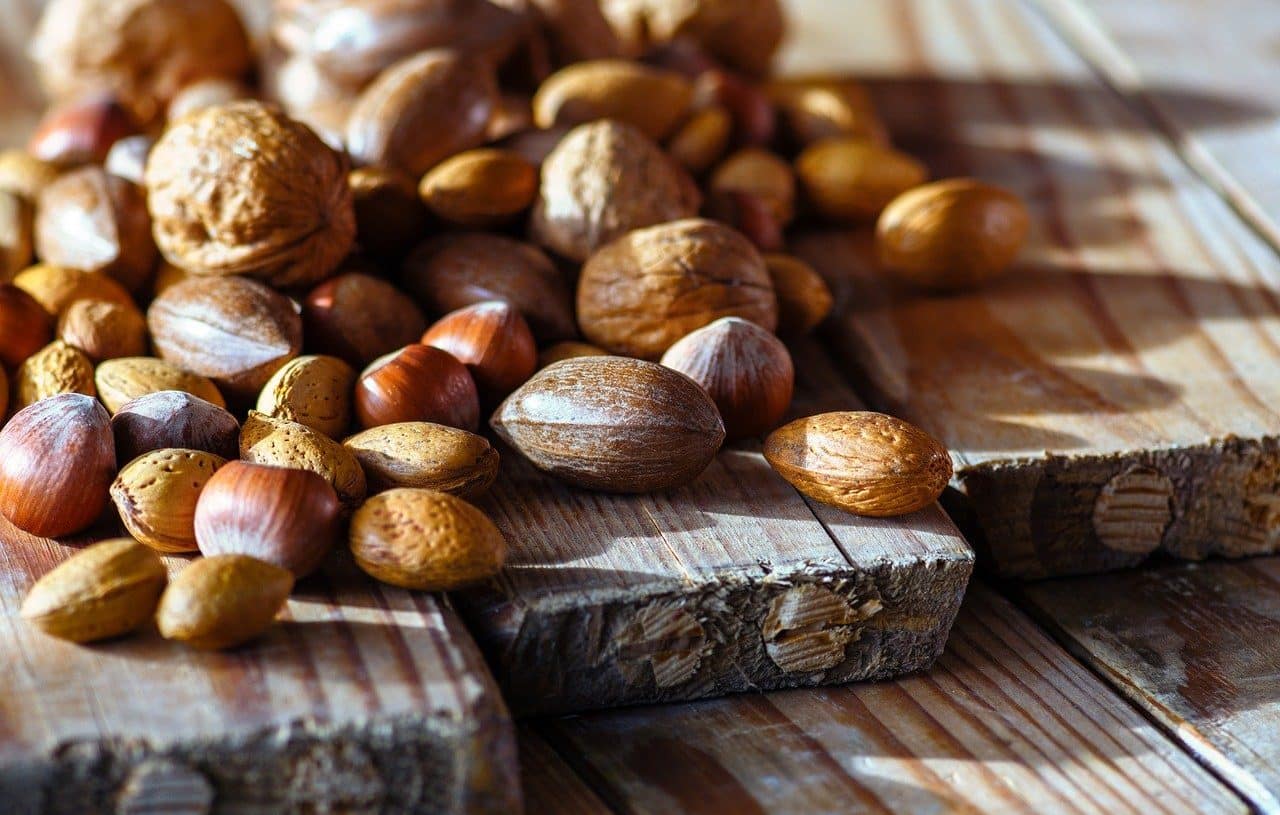
Orange is a popular fruit rich in Vitamin C
A fruit is a biological structure developed by plants with seeds inside, which arises from the flowering and fertilization of the plant. The fruits have the function of protecting and dispersing the seeds, in addition to providing nutrients for their development.
They can come in a wide variety of shapes, sizes, colors and textures, and can be consumed by animals, including humans, as part of their diet . Among the best known are the following: apple , pear , banana, strawberry , blueberry, blackberry, watermelon, guava, coconut , cherries, fig, pomegranate, grapefruit and melon.
Classification
The classification of fruits is based on the structure and the way in which they develop. Simple fruits develop from a single flower and can be fleshy or dry. Fleshy include examples such as berries (such as strawberries and grapes), drupes (such as peaches and plums), and hesperids (such as oranges and lemons). Dried ones can be dehiscent, meaning they open to release their seeds when ripe, such as pea pods and poppy capsules, or indehiscent, meaning they do not open, such as corn kernels and nuts.
Compound or aggregate fruits are formed from multiple flowers that are grouped into a structure. They include examples such as blackberries (which are made up of multiple individual drupes), raspberries (made up of multiple drupes as well), and pineapple (made up of multiple fused berries).
Multiple fruits develop from the flowers of a single inflorescence . Examples include the fig tree and the strawberry plant . In these cases, what is commonly considered the "fruit" is actually a structure composed of multiple individual fruits.
Vitamin C
Fruits rich in vitamin C play a crucial role in promoting health due to their numerous benefits. Vitamin C, also known as ascorbic acid , is an essential nutrient that the human body cannot produce on its own, so you must obtain it through your diet.
Fruits that are particularly known to be excellent sources of vitamin C include orange, kiwi, strawberry , lemon, pineapple, papaya, and mango, among others. Its benefits for our health are diverse and significant:
- Immune system booster : Vitamin C helps stimulate the production and function of white blood cells, which are responsible for fighting infections and diseases;
- Antioxidant properties : Helps protect cells from damage caused by free radicals. This effect may help reduce the risk of chronic diseases, such as cancer, heart disease, and neurodegenerative diseases;
- skin health : vitamin C is necessary for the synthesis of collagen , a protein that helps keep skin firm, elastic and young by contributing to tissue repair and regeneration, as well as protecting against damage caused by rays ultraviolet rays from the sun;
- Non-heme iron absorption : Found in plant-based foods such as legumes and green leafy vegetables. This is especially important for people who follow vegetarian or vegan diets;
- Improved eye health : Reduced risk of developing cataracts and macular degeneration, two conditions that can affect eye health with aging.

At first glance, nuts stand out for their hard shell.
dried fruits
Nuts are a highly nutritious food category that are consumed around the world due to their delicious taste and health benefits.
Let's look at some of the most popular nuts:
- Walnut : An excellent source of omega-3 fatty acids, protein, fiber, antioxidants, and several essential nutrients such as magnesium, zinc , and vitamin E. Eating walnuts regularly has been associated with reducing the risk of heart disease, improving brain health and weight management;
- almond : rich in healthy fats, proteins, fiber , vitamin E, magnesium and calcium. Frequent consumption of almonds has been shown to help reduce LDL (“bad” cholesterol), improve heart health, control blood sugar, and promote bone health;
- Pistachio – A great source of protein, fiber, healthy fats, antioxidants, and several nutrients, such as vitamin B6, potassium , and iron. This nut promotes cardiovascular health, helps control weight, improves eye health and supports gastrointestinal health;
- Hazelnut – Rich in healthy fats, protein, fiber, vitamin E, magnesium, and several antioxidants. Eating hazelnuts reduces the risk of heart disease, improves brain health, controls blood sugar and promotes skin health;
- Macadamia nut : An outstanding source of healthy fats, fiber, protein, vitamin B1, magnesium and antioxidants. Macadamia nuts have been shown to help reduce LDL (“bad” cholesterol), support brain health, promote heart health, and regulate blood sugar;
- chestnut : a good source of carbohydrates , fiber, protein, vitamin C, vitamin B6, potassium and several antioxidants. Eating chestnuts improves cardiovascular health, supports brain function, controls blood sugar and boosts bone health.
Nuts are versatile foods that can be enjoyed raw, roasted, in salads, as ingredients in main dishes or desserts, or simply as healthy snacks. Incorporating variety into your daily diet can help improve overall health and well-being. However, due to their high calorie content, it is important to consume them in moderation .

With their unique aroma, berries are very beneficial for health.
Forest fruits
Berries are a delicious and varied selection of fruits that grow wild in forested regions around the world. They are known for their unique flavor, vibrant color, and health benefits.
Some of the most common berries include:
- Blackberries : They can be red, purple or black, depending on the variety. They are rich in antioxidants, fiber and vitamin C;
- Raspberries : They are bright red when ripe and are known for their sweet , slightly tart flavor. They are an excellent source of fiber, vitamin C and antioxidants;
- Blueberries : dark blue in color, they grow on evergreen bushes. They are known for their sweet taste and because they stain your hands and mouth with their juice. They are an excellent source of antioxidants, especially compounds called anthocyanins, which can help improve heart health and prevent disease;
- Currants : They can be red, black or white, and have a unique sweet and sour flavor. Currants are rich in vitamin C and antioxidants, and are often used in the preparation of jams, jellies and desserts;
- Sloes : Dark blue or purple in color and have a bitter taste when fresh. However, they are commonly used in the preparation of liqueurs and jams once they have been sweetened and fermented.
